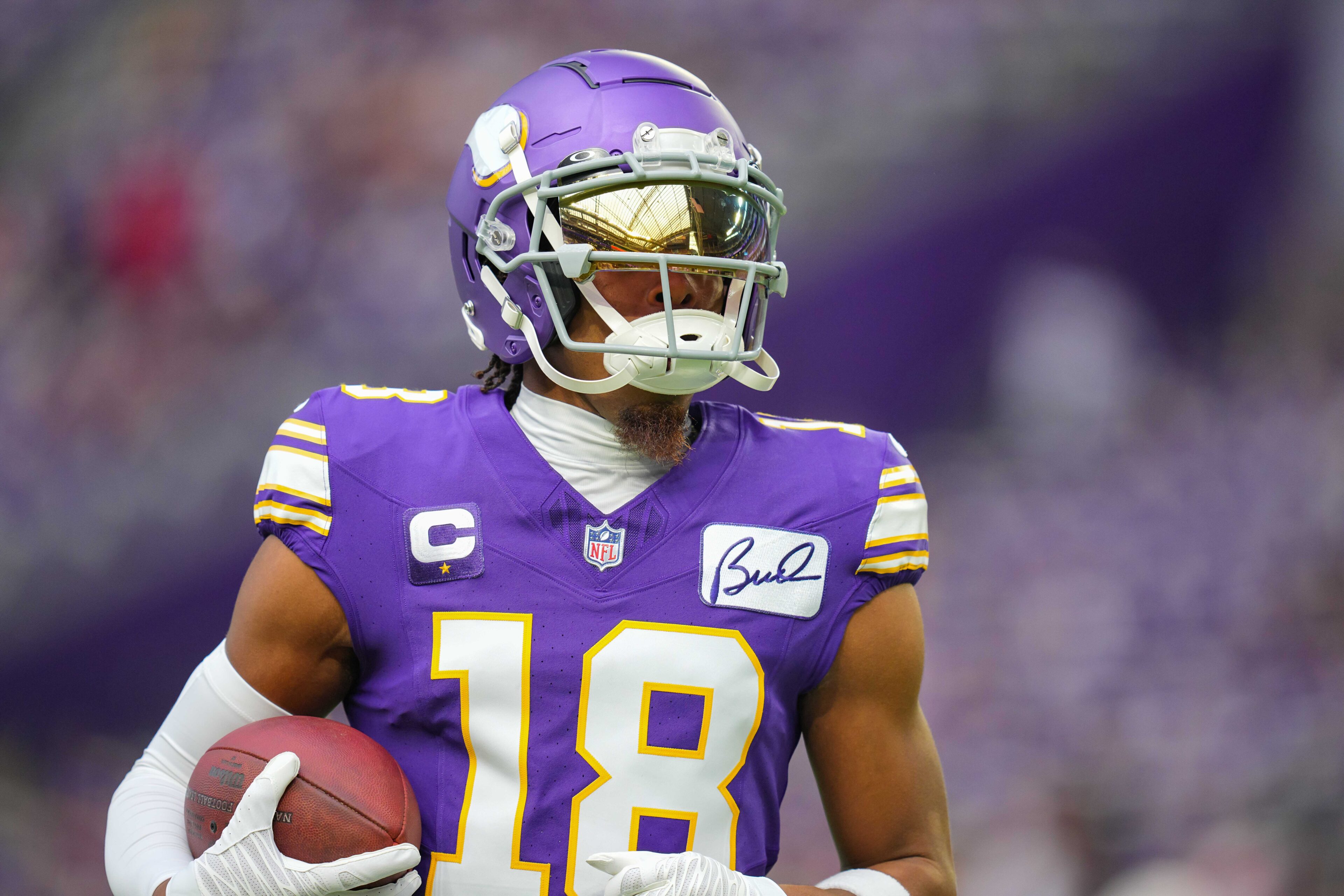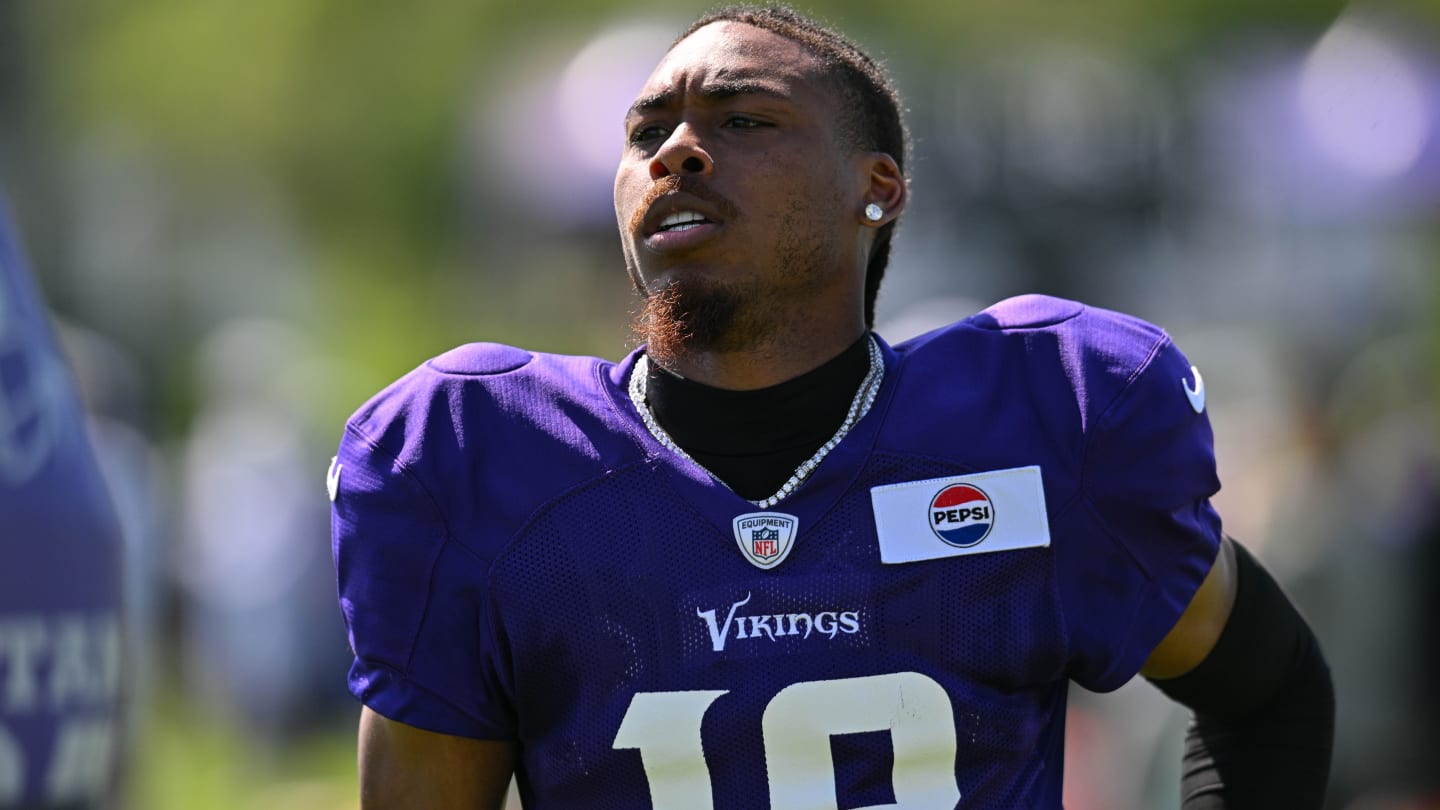Justin Jefferson’s Injury History

Justin Jefferson, a wide receiver for the Minnesota Vikings, has established himself as one of the most dominant players in the NFL. However, like any athlete, he has faced his share of injuries throughout his career. These injuries, while often frustrating, have provided insights into his resilience and ability to bounce back.
Timeline of Justin Jefferson’s Injuries
The following table provides a timeline of Justin Jefferson’s significant injuries, highlighting the date, type of injury, and its impact on his performance:
| Date | Injury | Impact on Performance |
|---|---|---|
| 2020 – Week 17 | Ankle Injury | Missed the final game of his rookie season. |
| 2021 – Week 1 | Groin Injury | Limited in practice but played in the season opener. |
| 2021 – Week 11 | Rib Injury | Missed one game due to the injury. |
| 2022 – Week 4 | Shoulder Injury | Played through the injury, but it limited his performance for a few weeks. |
| 2022 – Week 15 | Foot Injury | Missed the final two games of the regular season. |
Impact of Justin Jefferson’s Injuries on the Vikings

Justin Jefferson’s impact on the Minnesota Vikings’ offense is undeniable. He is a game-changer, a dynamic receiver who can single-handedly alter the course of a game. However, his absence due to injuries has highlighted his critical role in the Vikings’ offensive scheme.
The Vikings’ Offensive Performance with and Without Jefferson
Jefferson’s absence has had a significant impact on the Vikings’ offensive performance. The team’s offensive statistics with and without him provide a clear picture of his importance.
The Vikings’ offensive statistics with and without Jefferson paint a stark picture.
- Passing Yards: The Vikings average significantly fewer passing yards per game when Jefferson is out. In games without Jefferson, the Vikings’ passing attack struggles to find consistency and explosiveness.
- Touchdowns: Jefferson is a touchdown machine, and his absence has a noticeable impact on the Vikings’ scoring ability. The Vikings score fewer touchdowns per game when Jefferson is sidelined.
- First Downs: Jefferson’s ability to gain yards after the catch and create big plays contributes significantly to the Vikings’ first-down production. His absence reduces the Vikings’ ability to sustain drives and move the chains.
The Future of Justin Jefferson’s Health: Justin Jefferson Injury

Justin Jefferson’s injury history, though relatively minor so far, raises legitimate concerns about his long-term durability. While he’s shown remarkable resilience and has been a key player for the Vikings, any potential for recurring injuries could significantly impact his career trajectory. It’s crucial to analyze the factors that could influence his future health and explore strategies the Vikings can implement to mitigate the risk of further injuries.
Strategies to Minimize Future Injuries, Justin jefferson injury
The Vikings have a vested interest in protecting their star wide receiver. Implementing a comprehensive strategy to minimize the risk of future injuries for Jefferson is essential. This involves a multi-pronged approach, encompassing:
- Strategic Load Management: Implementing a strategic approach to Jefferson’s playing time, particularly during the preseason and during the regular season, can help prevent overuse injuries. This could involve limiting his snaps in certain games, especially against weaker opponents, or providing him with more rest during the week.
- Enhanced Strength and Conditioning Program: A customized strength and conditioning program specifically designed for Jefferson’s body type and playing style can enhance his overall strength, flexibility, and resilience. This could involve targeted exercises that focus on core stability, lower body strength, and injury prevention.
- Advanced Injury Prevention Techniques: Incorporating advanced injury prevention techniques, such as wearable technology to monitor his movement patterns and identify potential risks, can help proactively address any issues before they escalate. This could involve using GPS trackers to monitor his speed and workload, or utilizing biomechanical analysis to assess his movement patterns and identify potential weaknesses.
- Collaboration with Medical Professionals: Maintaining open communication and collaboration with medical professionals, including trainers, doctors, and physical therapists, is crucial for early detection and management of any potential injuries. This could involve regular check-ups, prompt treatment for minor ailments, and a collaborative approach to his recovery from any injuries.
